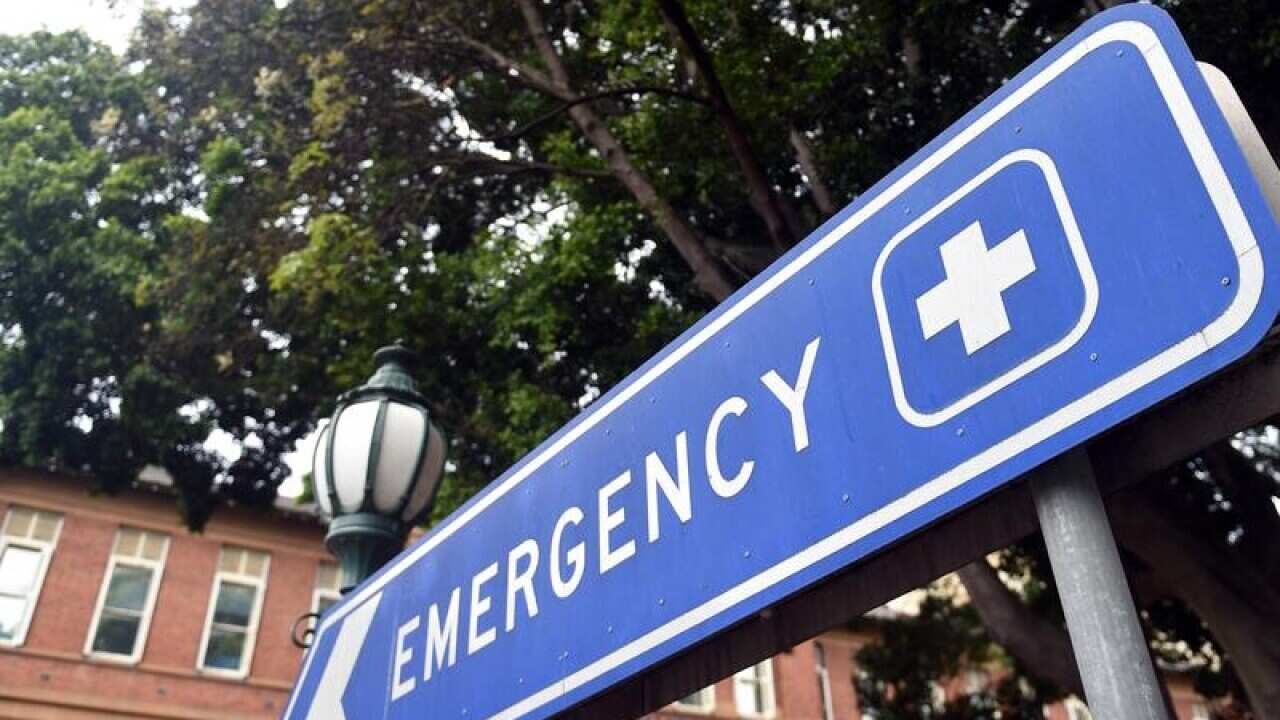There's been a jump in emergency department waiting times at western Sydney hospitals.
More than six in 10 patients at Westmead Hospital's emergency department weren't treated on time in the April-June quarter this year, according to data from the latest Bureau of Health Information (BHI) report.
It showed 39.9 per cent of emergency patients at Westmead were treated on time compared with 54.1 per cent over the same period in 2016.
The drop in treatment times was the biggest in NSW, placing Westmead in the bottom four along with Auburn Hospital, Fairfield Hospital and Blacktown Hospital.
The number of people being treated on time at Blacktown Hospital fell from almost 60 per cent in April-June 2016 to a little more than 46 per cent over the same period this year.
NSW opposition spokesman Walt Secord said the figures were symptomatic of a system lurching from "crisis to crisis".
"Sadly, patients wait at every stage in NSW," he said in a statement on Tuesday.
"They wait for an ambulance, they wait outside the emergency department and they wait inside the emergency department."
Nearly half the people arriving at emergency departments at Westmead and Blacktown hospitals were still there four hours later, the report found.
The Australasian College of Emergency Medicine has recommended waiting times depending on the severity of patients' injuries.
It is desired that 80 per cent triage-two patients are seen within 10 minutes and 75 per cent of triage-three within half an hour.
More than 25,000 extra patients presented at emergency departments in the state's public hospitals in the April-June quarter, a 4.2 per cent increase compared to the same period last year.
Of the 663,942 patients, more than 146,000 arrived via ambulance, with 91.8 per cent having their care transferred to hospital staff within 30 minutes.
The report also found call-to-ambulance arrival times were similar to the same quarter last year despite an increase in ambulance responses to triple-zero calls.
"Call to ambulance arrival time is a valuable measure as it reflects patients' experiences, spanning the time from when a triple-zero call is first answered in the control centre to the time the first paramedic arrives at the scene," BHI acting chief executive, Dr Kim Sutherland said.
Share

